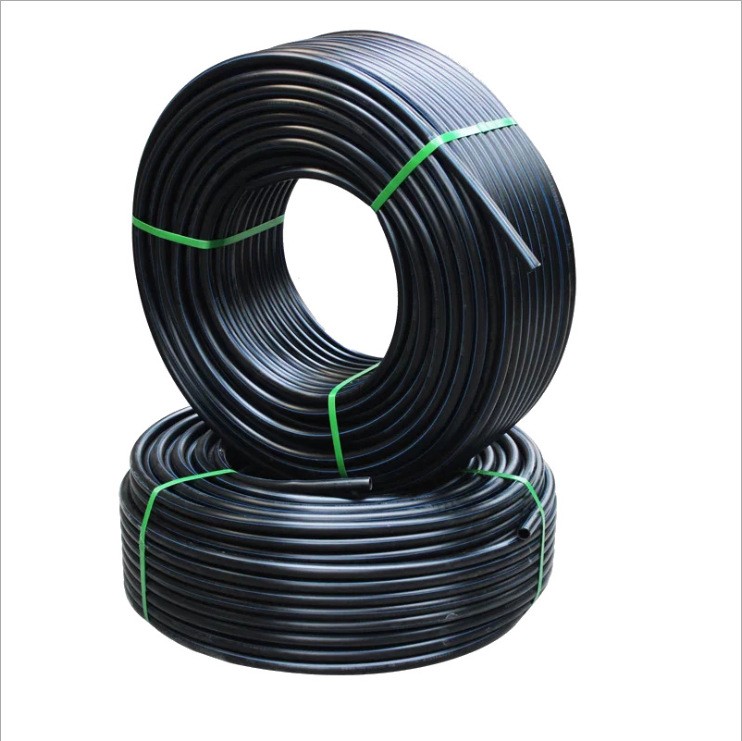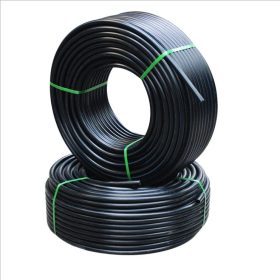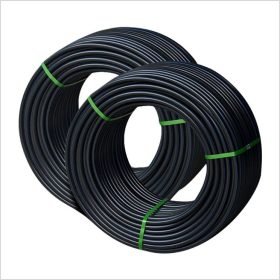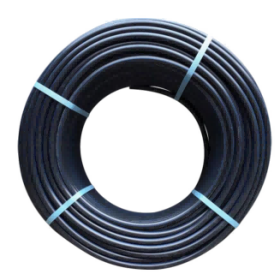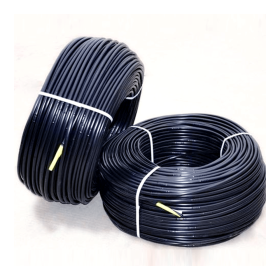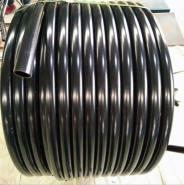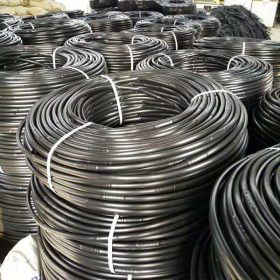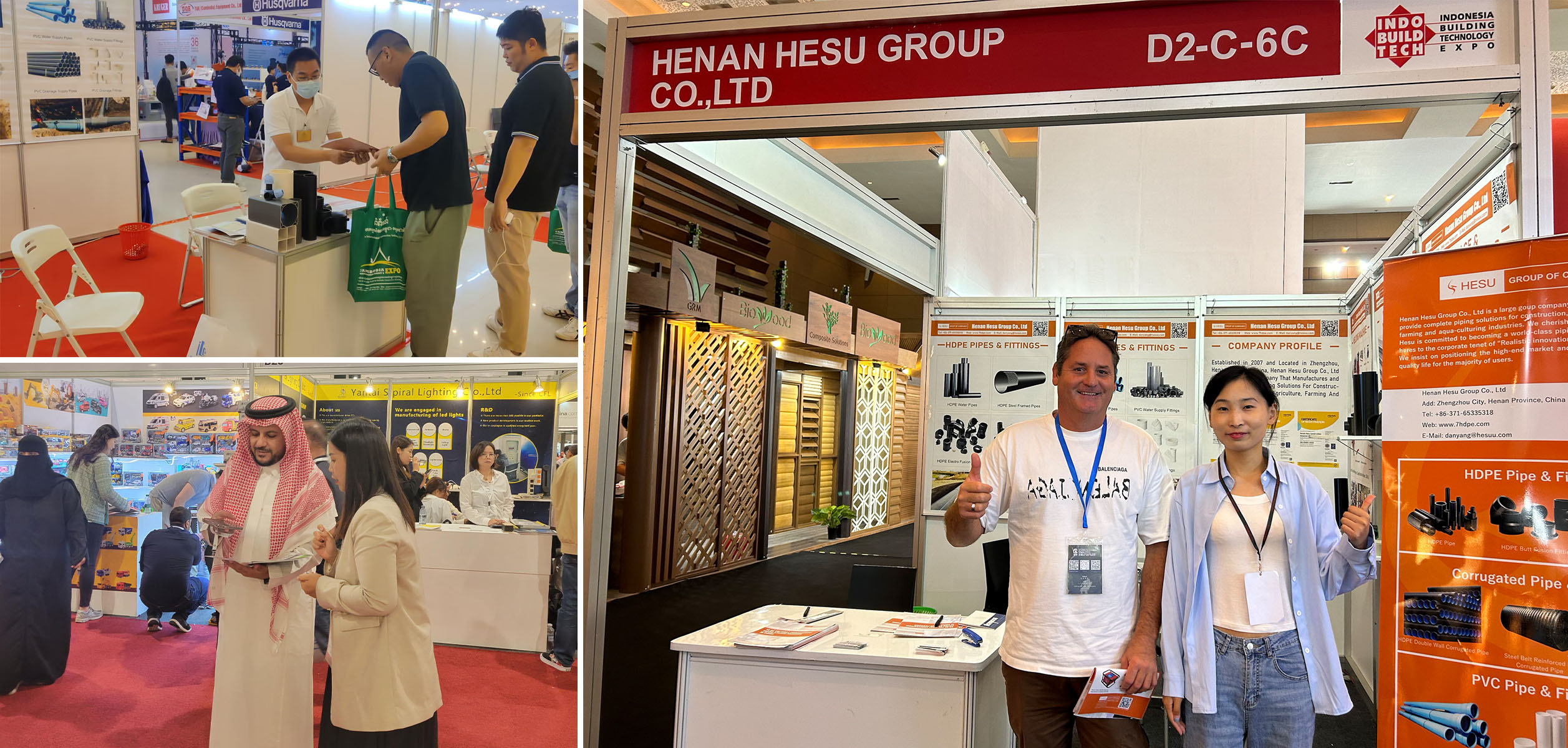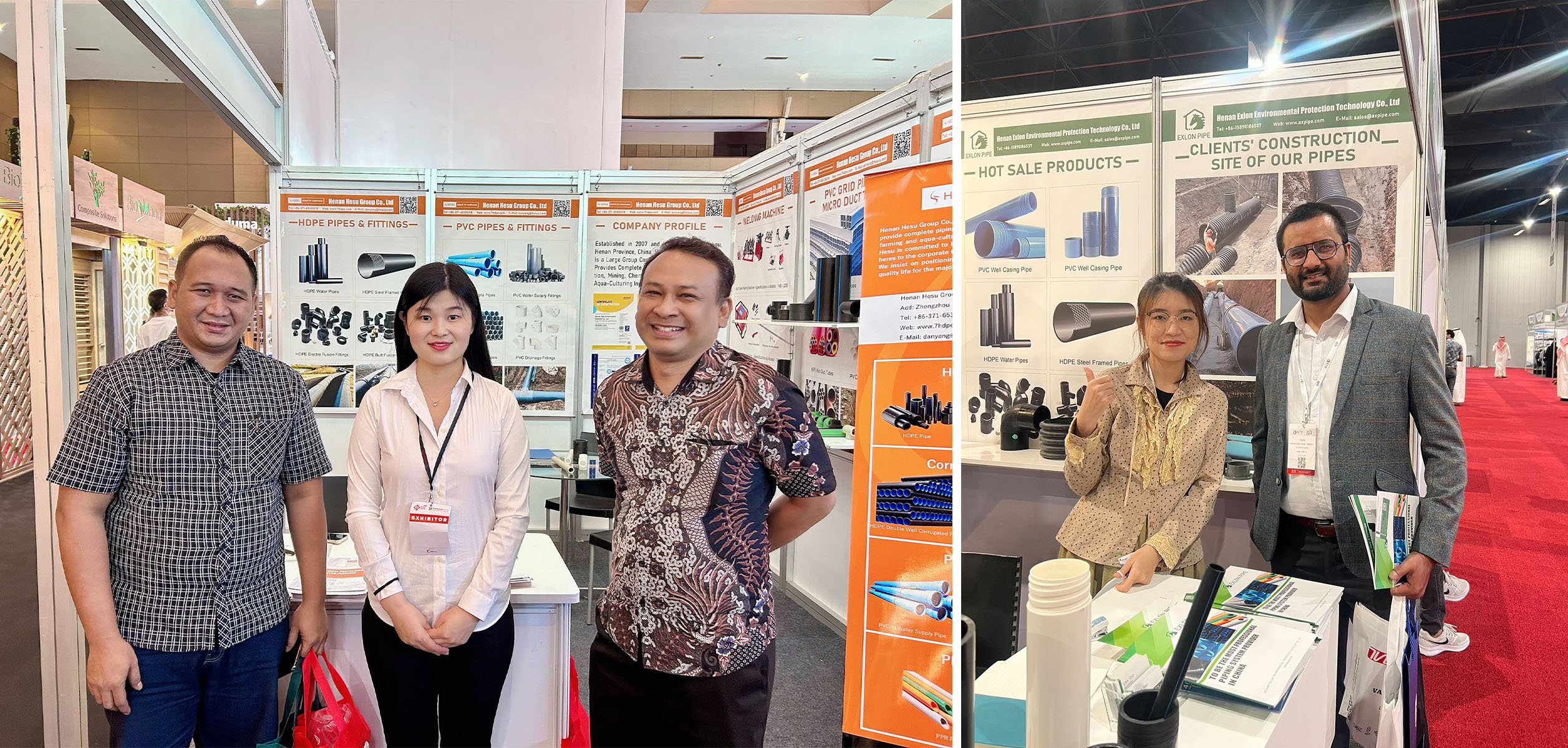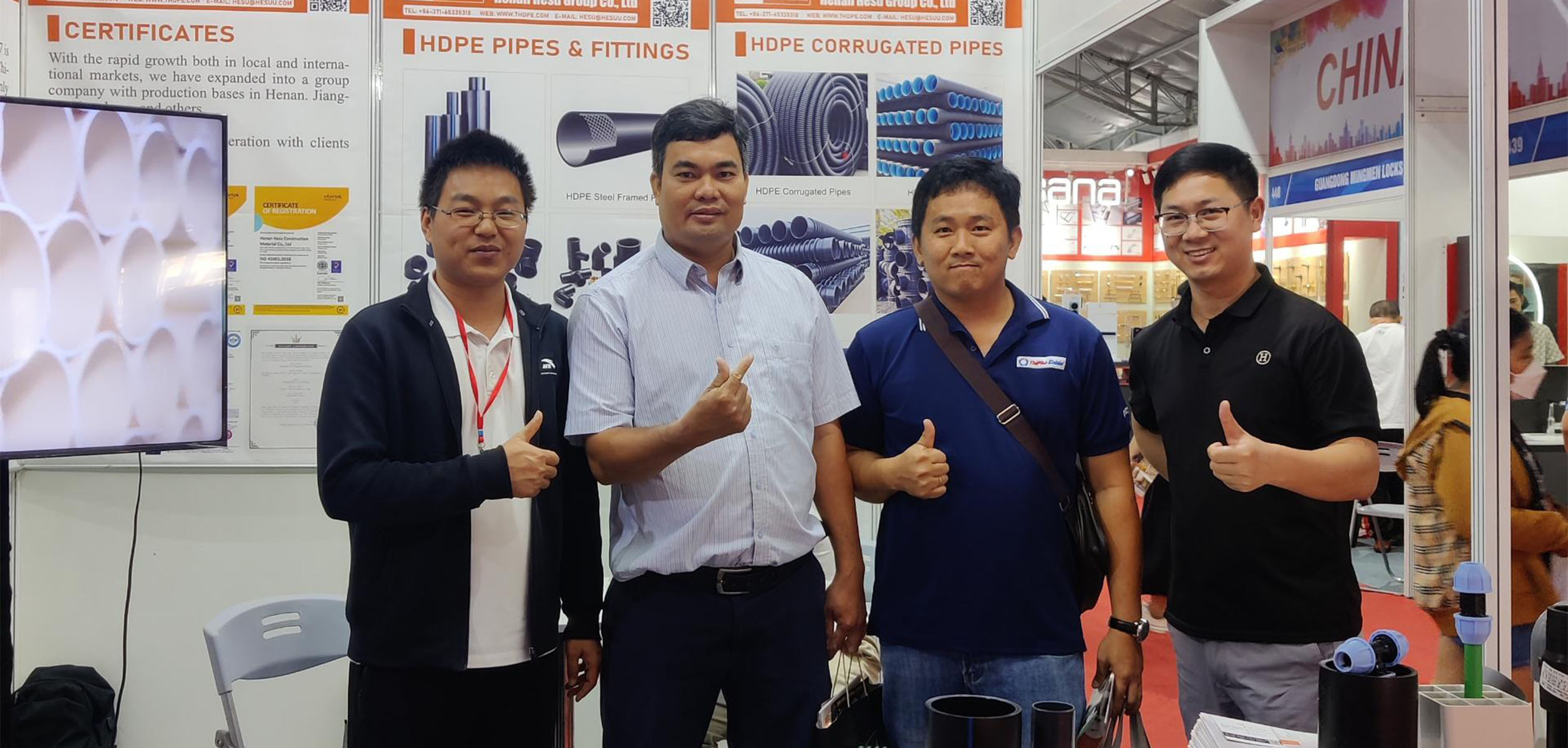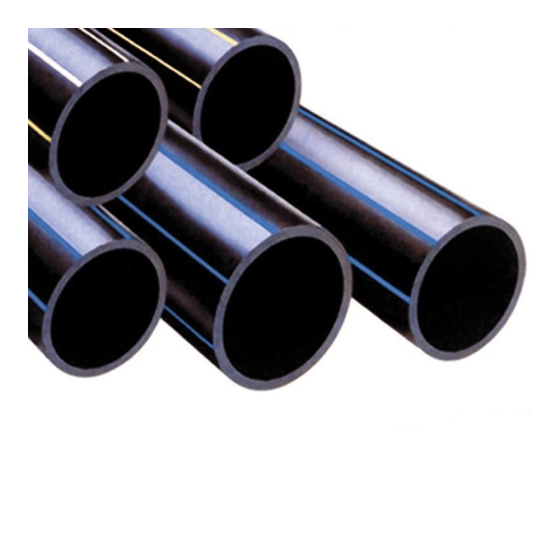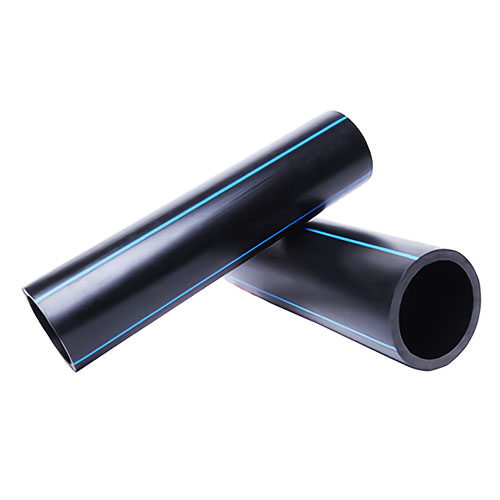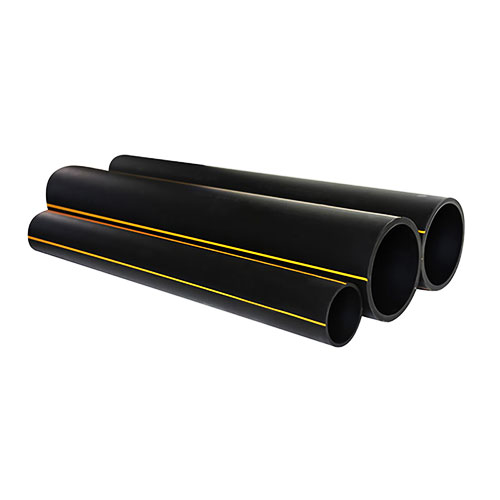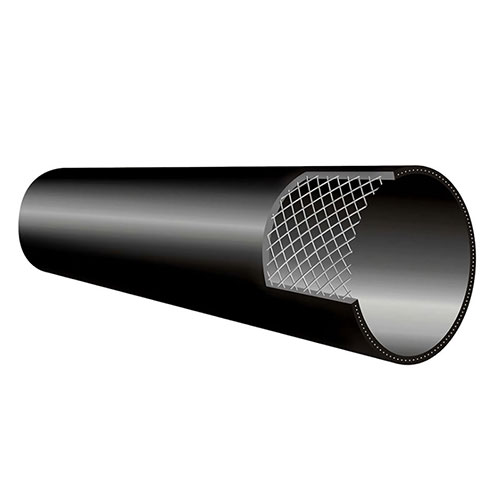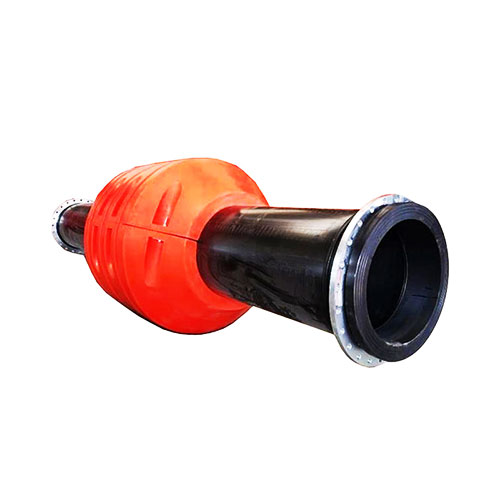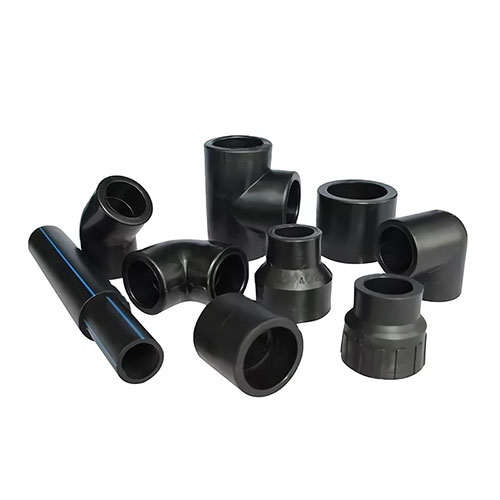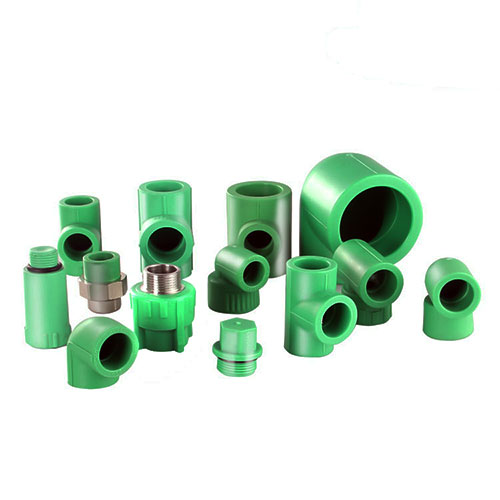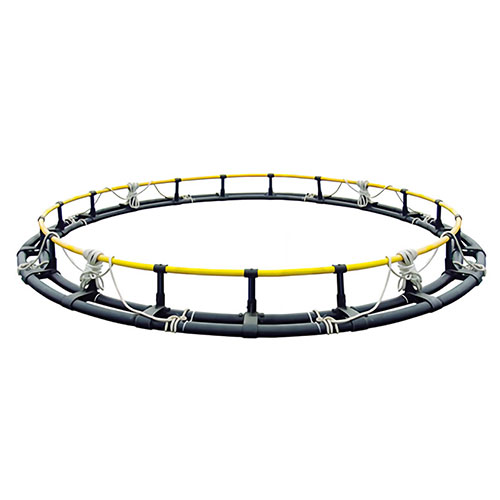การให้น้ําแบบหยดเป็นวิธีที่มีประสิทธิภาพในการรดน้ําต้นไม้, และท่อหยดเป็นแกนหลักของระบบ. ท่อเหล่านี้มักทําจากพลาสติกที่ทนทาน เช่น โพลีเอทิลีน และออกแบบมาเพื่อนําน้ําไปยังโคนต้นไม้ของคุณโดยตรง. แนวทางที่ตรงเป้าหมายนี้ช่วยให้มั่นใจได้ถึงการใช้น้ําอย่างมีประสิทธิภาพ, ลดของเสียและเพิ่มสุขภาพของพืชให้สูงสุด.
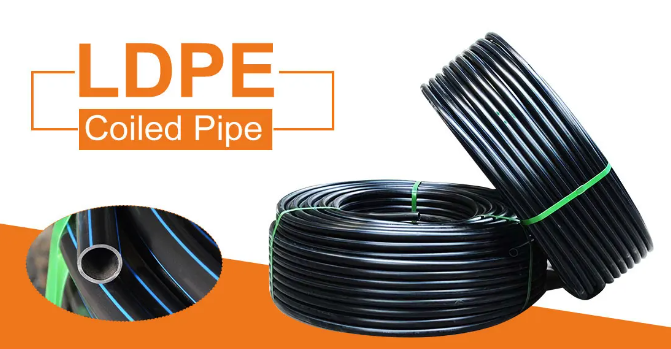
ท่อชลประทานแบบหยด
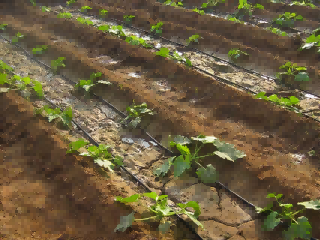
ท่อชลประทานแบบหยด
ประสิทธิภาพการใช้น้ํา
ข้อได้เปรียบที่สําคัญที่สุดอย่างหนึ่งของสายชลประทานแบบหยดคือความสามารถในการลดการใช้น้ําให้เหลือน้อยที่สุด. โดยการส่งน้ําไปยังรากพืชโดยตรง, ระบบเหล่านี้หลีกเลี่ยงความไร้ประสิทธิภาพที่พบได้บ่อยกับวิธีการชลประทานแบบดั้งเดิม, เช่นการระเหยและการไหลบ่า. สิ่งนี้มีประโยชน์อย่างยิ่งในพื้นที่ที่น้ําขาดแคลนหรือมีราคาแพง.
ส่งเสริมการเจริญเติบโตของพืชให้แข็งแรง
สายชลประทานแบบหยดปล่อยน้ําอย่างช้าๆและสม่ําเสมอ, ซึ่งเหมาะสําหรับการเจริญเติบโตของพืชที่แข็งแรง. วิธีนี้ช่วยรักษาความชื้นในดินที่เหมาะสม, ซึ่งส่งเสริมการเจริญเติบโตของรากและปรับปรุงสุขภาพโดยรวมของพืช.
ลดวัชพืชและโรค
เนื่องจากน้ําถูกส่งไปยังรากพืชโดยตรง, มีน้ําน้อยลงบนพื้นผิวดิน, ซึ่งช่วยลดการเจริญเติบโตของวัชพืช. นอกจากนี้, ลดความชื้นบนใบพืชช่วยลดโอกาสที่โรคจะเกิดขึ้นในสภาพที่ชื้น.
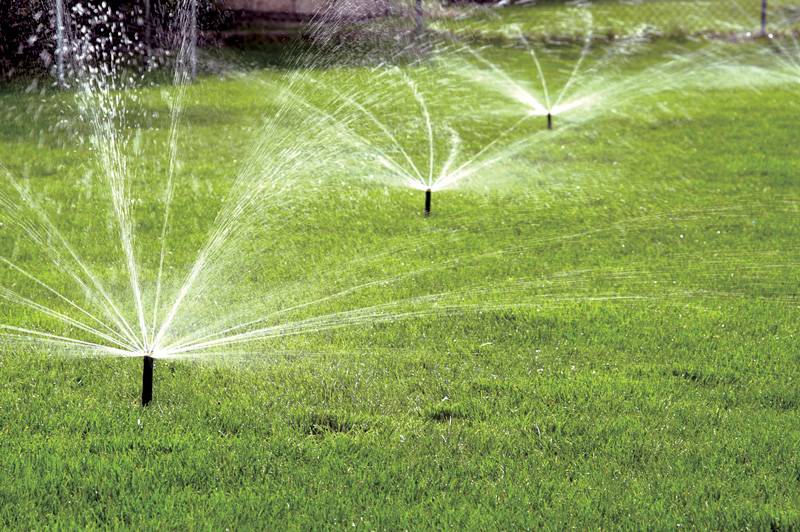
ท่อชลประทานแบบหยด
ความยืดหยุ่นและการปรับแต่ง
ระบบชลประทานแบบหยดสามารถปรับแต่งให้ตรงกับความต้องการเฉพาะของสวนหรือฟาร์ม. สามารถวางท่อได้หลายวิธีเพื่อให้แน่ใจว่าพืชทุกชนิดได้รับน้ําในปริมาณที่เหมาะสม. นอกจากนี้, อัตราการไหลสามารถปรับให้เหมาะกับพืชประเภทต่างๆ, ทําให้เป็นโซลูชั่นอเนกประสงค์สําหรับความต้องการทางการเกษตรที่แตกต่างกัน.
คุ้มค่าและติดตั้งง่าย
แม้ว่าสายการชลประทานแบบหยดจะมีประสิทธิภาพสูง, มีต้นทุนค่อนข้างต่ําและติดตั้งง่าย. สามารถวางบนพื้นผิวดินหรือฝังไว้ใต้ดินเพื่อให้เหมาะกับภูมิทัศน์และการเกษตรประเภทต่างๆ.
ในระยะสั้น, ท่อชลประทานแบบหยดเป็นทางเลือกที่ชาญฉลาดสําหรับการเกษตรสมัยใหม่และการทําสวน. พวกเขาให้ความยั่งยืน, โซลูชันการรดน้ําที่มีประสิทธิภาพและปรับเปลี่ยนได้ซึ่งส่งผลให้พืชมีสุขภาพดีขึ้น, ลดการใช้น้ําและลดต้นทุนในระยะยาว.
รายละเอียดบรรจุภัณฑ์: โพลีเอทิลีนความหนาแน่นสูงของเรา (เอชดีพีอี) ท่อบรรจุอย่างปลอดภัยในภาชนะหรือตามความต้องการของลูกค้าเพื่อให้แน่ใจว่าท่อถึงมือลูกค้าในสภาพดี. เราใช้วัสดุที่แข็งแรงและทนทานสําหรับบรรจุภัณฑ์เพื่อป้องกันท่อระหว่างการขนส่งและเพื่อรองรับขนาดและปริมาณท่อที่หลากหลาย.
รายละเอียดการจัดส่ง: เรารับประกันการจัดส่งที่รวดเร็ว, คําสั่งซื้อจะถูกจัดส่งภายใน 15 วันหลังจากยืนยันการชําระเงิน. ไม่ว่าคุณจะอยู่ที่ไหน, เครือข่ายโลจิสติกส์ที่มีประสิทธิภาพของเราช่วยให้มั่นใจได้ว่าคําสั่งซื้อของคุณจะถูกส่งอย่างรวดเร็วและปลอดภัย. เรามุ่งมั่นที่จะปฏิบัติตามกําหนดเวลาการจัดส่งที่รัดกุมในขณะที่ยังคงรักษามาตรฐานการบริการและคุณภาพของผลิตภัณฑ์สูงสุด.
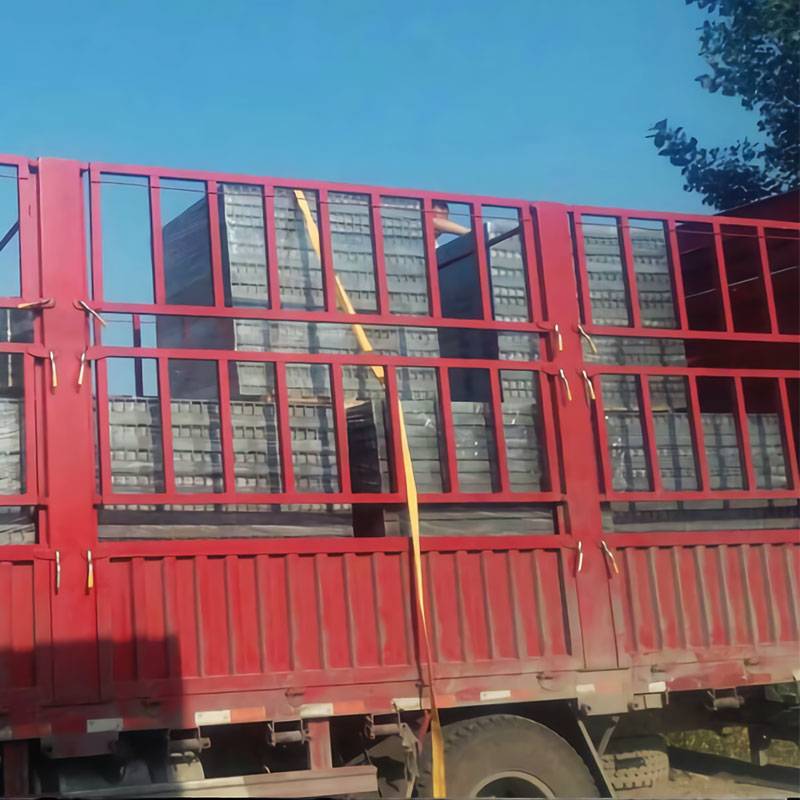
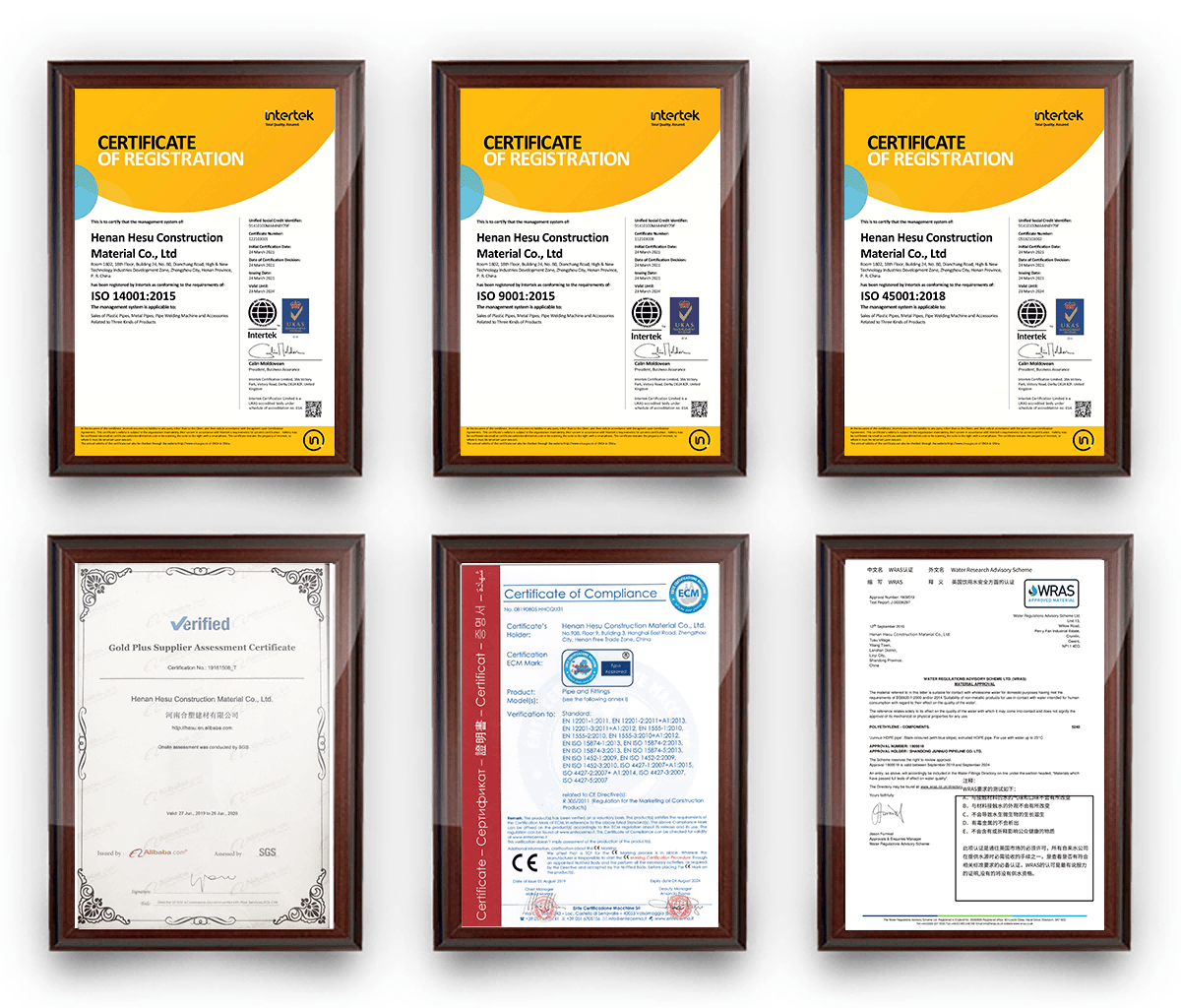
Zhongtong ได้รับการรับรองหลายรายการ, รวมถึงการรับรององค์กรไฮเทคแห่งชาติ, การรับรองบริการหลังการขายระดับห้าดาว, การรับรองระบบการจัดการคุณภาพ, และการรับรองระบบการจัดการสิ่งแวดล้อม. บริษัทมีฐานลูกค้าที่หลากหลายและให้บริการมากกว่า 2,680 องค์กรขนาดใหญ่, รวมถึงมหาวิทยาลัยที่มีชื่อเสียง เช่น มหาวิทยาลัยวิทยาศาสตร์และเทคโนโลยีหนานจิง และมหาวิทยาลัยเจ้อเจียง, หน่วยงานราชการ เช่น Taicang Water Conservancy Bureau, สิ่งอํานวยความสะดวกและสถานีรถไฟที่มีชื่อเสียง เช่น ทางด่วนฉางโจว, เช่นเดียวกับ Nongfu Spring and Country Garden Group , รถไฟใต้ดินหนานจิง 4 และองค์กรที่มีชื่อเสียงอื่น ๆ.

Q: วัตถุดิบคืออะไร?
A: เราใช้เฉพาะ 100% วัสดุโพลีเอทิลีนความหนาแน่นสูง.
Q: ปริมาณการสั่งซื้อขั้นต่ําของคุณคือเท่าใด?
ตอบ: ตามความต้องการของลูกค้า.
Q: แล้วกําลังการผลิตหรือเวลาในการจัดส่งล่ะ?
A: กําลังการผลิตของเรารองรับการสั่งซื้อ 40HQ ให้เสร็จสมบูรณ์ภายในหนึ่งสัปดาห์.
Q: ท่าเรือขนส่งปกติอยู่ที่ไหน?
ตอบ: ท่าเรือเซี่ยงไฮ้หรือท่าเรือหนิงโป
Q: วิธีการชําระเงินคืออะไร?
ตอบ: 30% ชําระเงินล่วงหน้าก่อนการผลิตและ 70% ชําระเงินล่วงหน้าก่อนจัดส่ง.
Q: เราสามารถให้ตัวอย่างได้ไหม?
A: ตัวอย่างฟรี, จัดส่งฟรีภายในประเทศจีน. ค่าขนส่งไปต่างประเทศต้องเป็นผู้รับผิดชอบเอง.
Q: สําหรับผลิตภัณฑ์ที่จําเป็นเร่งด่วน, ใครสามารถให้ได้ทางออนไลน์?
A: ผู้จัดการฝ่ายขายและการตลาดพร้อมให้บริการทางออนไลน์ 24 ชั่วโมงต่อวัน.



 Zhongtong HDPE PIPE System ผู้ผลิตมืออาชีพ
Zhongtong HDPE PIPE System ผู้ผลิตมืออาชีพ
